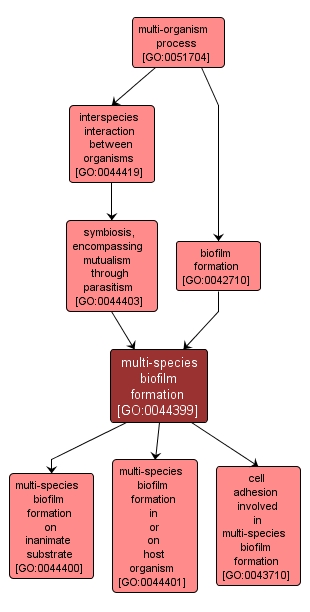| Desc: |
A process whereby microorganisms of different species attach to and grow on a surface and produce extracellular polymers that facilitate attachment and matrix formation, resulting in an alteration in the phenotype of the organisms with respect to growth rate and gene transcription. |














